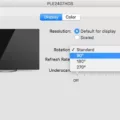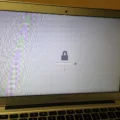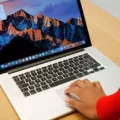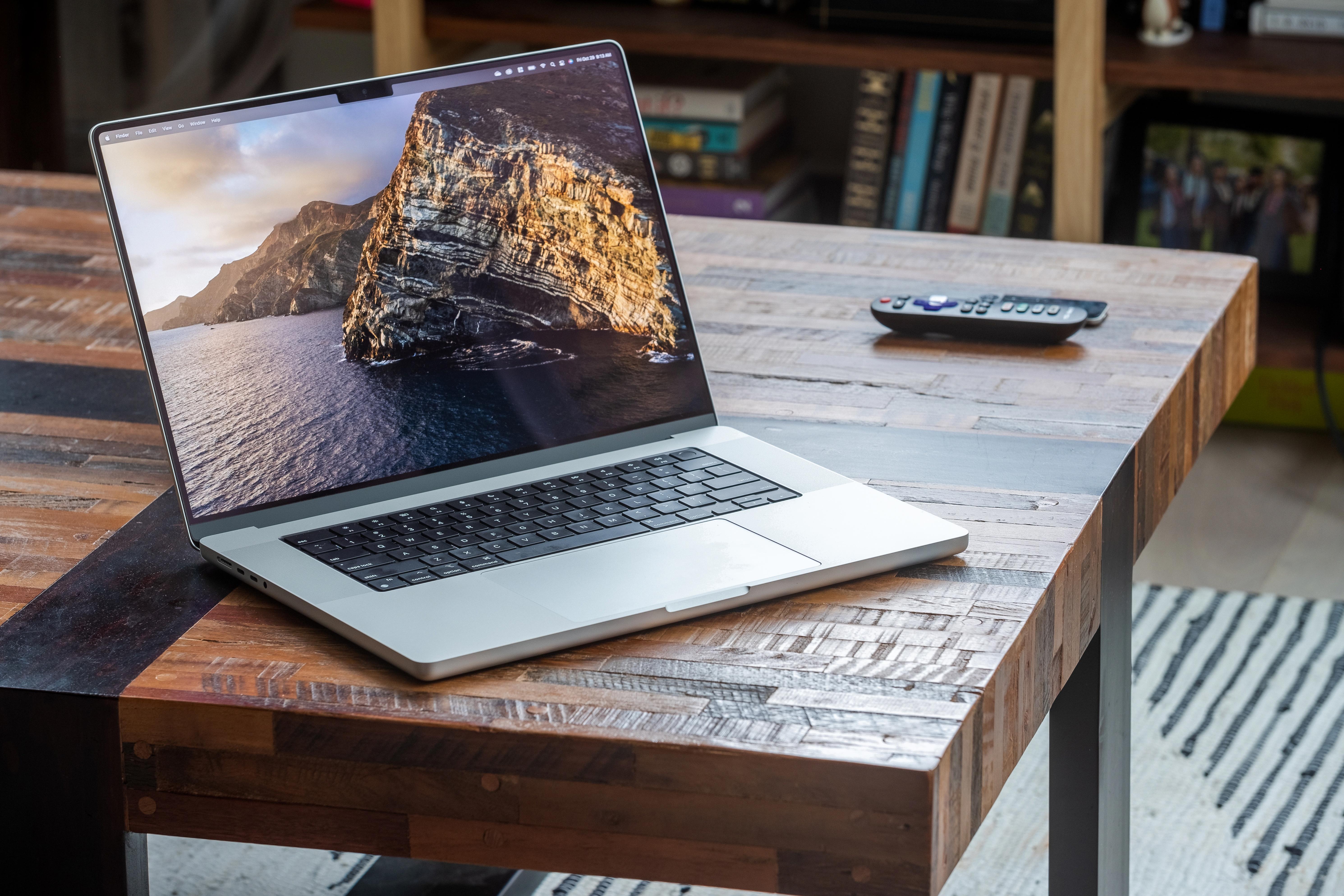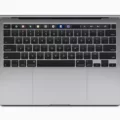If you’re a Macbook Pro user, you know how important it is to keep your laptop in top working order. In order to make sure your Macbook Pro is functioning properly, there are a few tests and checks you can do on your own.
One of the simplest ways to check your Macbook Pro is with the Apple Hardware Test (AHT). To run AHT, turn on your Macbook and immediately press and hold the ‘D’ key on your keyboard as the laptop starts up. Release when you see a progress bar or you’re asked to choose a language. With AHT, you can quickly scan for hardware issues such as bad RAM or faulty logic boards.
If you want a more comprehensive test of your Macbook Pro’s hardware, you can use Apple Diagnostics (AD). To run AD, shut down your computer and then turn it back on while pressing and holding down the ‘Option-D’ keys. Keep holding until you see the Apple Diagnostics icon. Select your language and click the right arrow before pressing ‘Return’. This test will check even more components than AHT and should give you a better idea if any of those parts are malfunctioning.
Finally, it’s also important to make sure that all software-related aspects of your system are running smoothly. You can do this by checking out System Information in the utility folder on your computer or by using third-party applications like Disk Utility or CleanMyMac X . With these tools, you can quickly identify any problems with system files or applications that may be causing issues for your Macbook Pro.
In summary, if you want to make sure that everything is running smoothly with your Macbook Pro, it’s important to run diagnostics tests from time to time in order to identify any potential problems before they cause major issues for Your laptop.
Checking If MacBook Pro Is Working Properly
To check if your MacBook Pro is functioning properly, you should first make sure that all of the hardware components are connected correctly. Ensure that all of the cables and ports are securely attached and that the power adapter is plugged in. After checking these items, you can start up your Mac by pressing the power button. If your Mac turns on normally and you see a login screen, then it indicates that the hardware components are working properly.
You can also use Apple diagnostic tools to check for any hardware or software issues with your MacBook Pro. To do this, press and hold the D key on your keyboard as your Mac starts up and releases when you see a progress bar or you’re asked to choose a language. This will launch Apple’s built-in diagnostics tool which will indicate if there are any issues with your system.
Finally, you can also run a few basic tests to ensure that all of the software components of your Mac are functioning properly. This includes testing basic functions such as launching applications, browsing the web, playing music or videos, etc. If everything works as expected then it means that your MacBook Pro is working fine.
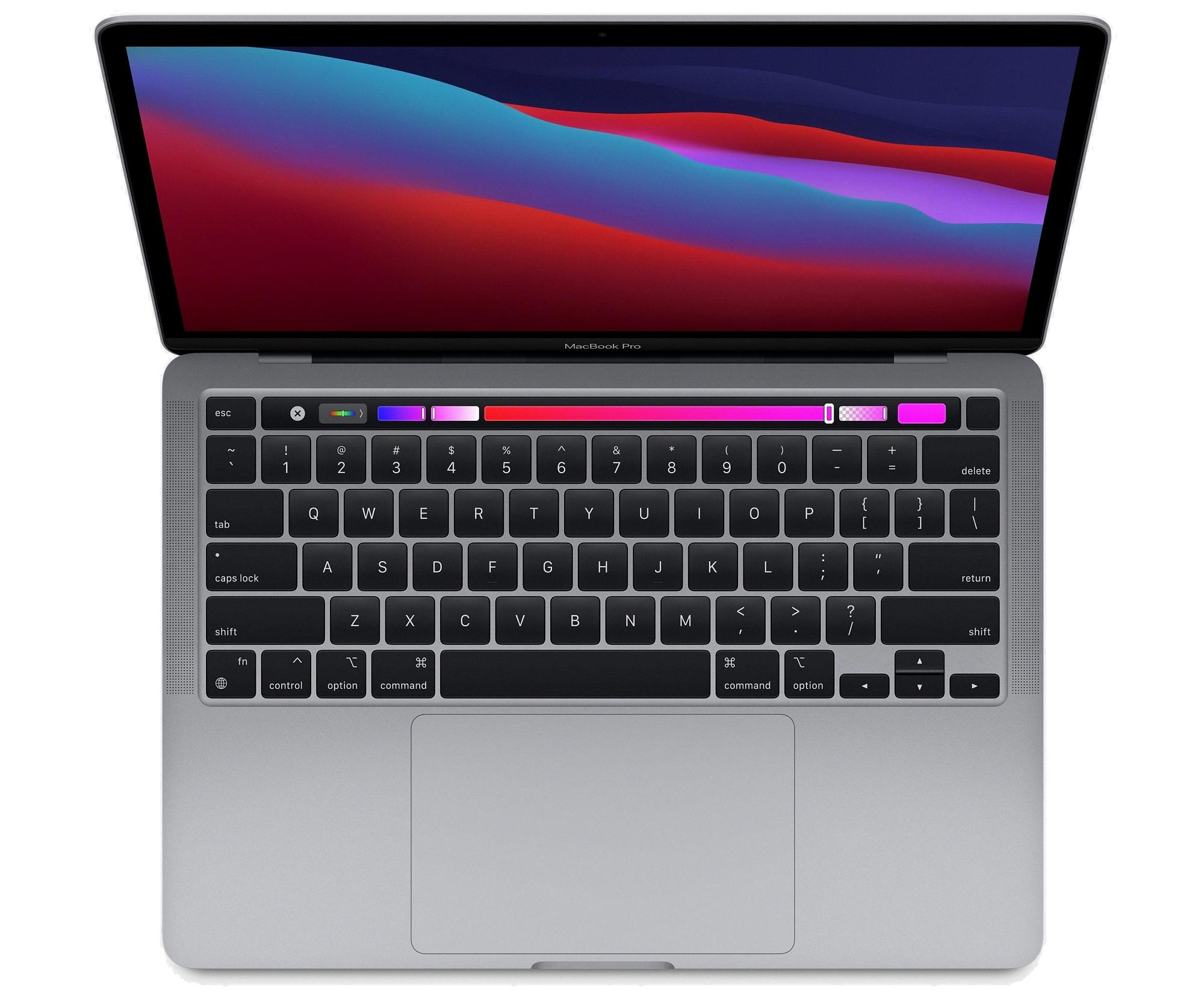
Source: macrumors.com
Assessing the Performance of a MacBook Pro
To know if your MacBook Pro is running properly, you should first run Apple Diagnostics. To do this, press and hold the Option-D keys while restarting your computer. This will launch Apple Diagnostics over the internet and it will check your system for any hardware issues. If any issues are found, you will be instructed to take appropriate action. Additionally, you should monitor your system performance by keeping an eye out for slowdowns or unexpected behavior. If you notice anything unusual, it may be a sign that something is wrong and you should investigate further.
Testing a MacBook Pro
If you would like to test your MacBook Pro, you can use Apple Diagnostics. To do this, press and hold the Option-D keys on your keyboard at startup. This will launch Apple Diagnostics which can test your computer’s hardware and help identify any issues. If there are any issues, they will be reported and you can take the necessary steps to repair or replace the affected components. Additionally, if you have an internet connection available, you can use Apple Diagnostics over the Internet to get a detailed report of your system’s performance and health.
Identifying Defects in a MacBook Pro
If you suspect that your MacBook Pro may have defects, the best way to test it is to run an Apple Hardware Test. To do this, start by shutting down your Mac. After it has powered off, turn it back on and immediately press and hold the ‘D’ key on your keyboard. Keep holding the ‘D’ key until you see the Apple Hardware Test icon appear. Select your language and click the right arrow, then press the “Return” key. This will launch a comprehensive hardware test that will check every component on your MacBook Pro for any problems or defects. If any issues are found, they will be listed in detail onscreen so you can take action to fix them.
Running an Apple Diagnostic
In order to run an Apple Diagnostic on your Mac, you’ll need to start up your Mac and press and hold the D key on your keyboard as soon as you see the Apple Logo. Release the D key when you see a progress bar or are asked to choose a language. This will launch an automated test that checks the hardware of your Mac. Once the test is complete, it will provide a report of any issues found with your hardware.
Identifying Signs of Corrupted Macs
If your Mac is corrupted, you may notice some of the following symptoms:
1. Your Mac won’t start up or only starts up with a blank screen or flashing question mark.
2. You see an error message when you try to launch an application or access a file.
3. There are strange noises coming from your hard drive, like clicking or grinding sounds.
4. Applications unexpectedly quit and/or crash frequently, even when there is little to no activity on your computer.
5. You can’t transfer files to new folders or access certain folders that used to be accessible.
6. Your computer runs slowly and responds slowly to input commands, even if it has plenty of RAM and storage space available.
7. The programs and applications you use regularly suddenly stop working correctly or display unexpected behavior that can’t be explained by other factors.
8. Your Mac experiences frequent freezing, blue screens of death (BSODs), kernel panics, boot loops, etc., which indicate serious problems with your system’s core components and processes.
Checking the Health of a Macbook
To check the health of your Macbook, you need to go to the System Settings menu. Click on Battery from the sidebar and scroll down if necessary. On the right, you should see a section for Battery Health. This will indicate your battery’s condition and whether it is functioning normally. If you notice any issues with your MacBook’s battery, it is recommended that you get it serviced as soon as possible.
Checking CPU Health on a Mac
To check your CPU health on Mac, you can use the Activity Monitor. To open the Activity Monitor, go to the Applications folder and choose Utilities > Activity Monitor. Once you have opened the Activity Monitor, you can view CPU activity over time by clicking on the CPU tab. This will show you a graph of your CPU usage over time as well as a list of processes that are currently using up your processor’s resources. You can also view current processor activity by choosing Window > CPU Usage, or recent processor activity by choosing Window > CPU History. If your processor is running too hot or appears to be working too hard, consider closing any applications that appear to be using an excessive amount of resources.
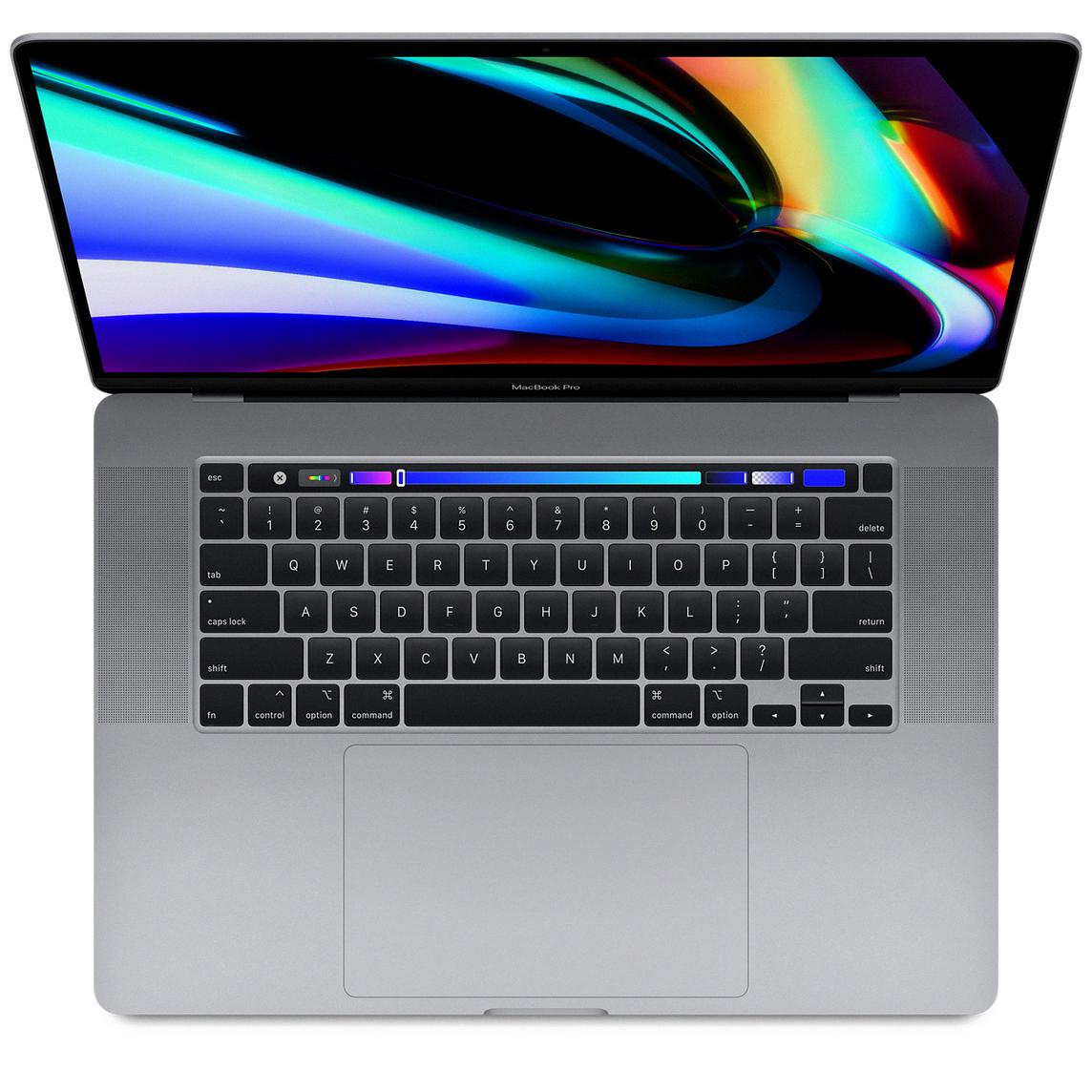
Source: apple.com
Troubleshooting My MacBook Pro
Troubleshooting your MacBook Pro can be a daunting task, but there are some simple steps that you can take to get started.
First, try resetting your NVRAM or PRAM. To do this, shut down the computer and then turn it back on while holding down the Command+Option+P+R keys until you hear the startup sound twice. This will reset your computer’s settings to their default values.
Next, try resetting the SMC (System Management Controller). This is usually necessary when dealing with issues such as slow performance or unexpected shutdowns. To do this, shut down the computer and then press and hold down the power button for 10 seconds and release.
You can also optimize the battery of your MacBook Pro by installing a software update or checking its health in System Information. If necessary, you can also run Apple Diagnostics to identify any hardware issues that may be causing problems with your computer.
If these basic troubleshooting steps don’t resolve the issue you’re experiencing with your MacBook Pro, you may need to look into more advanced options such as Sierra Recovery or macOS Recovery, depending on what type of machine you have and what version of macOS is installed on it.
Monitoring Mac Performance
Monitoring your Mac performance is easy and can be done using the Activity Monitor application. This built-in system monitoring tool provides real-time information on your Mac’s CPU, Network, Disk, and Energy usage. It also allows you to view a list of all running applications, as well as their memory and energy usage. To open Activity Monitor, go to the Applications folder in Finder or use Spotlight search. Once opened, you can sort by any of the columns listed to get an overview of what is currently running on your Mac. You can also select any of the processes listed to get more detailed information about them. If you find an unresponsive application listed, you can force quit it from within Activity Monitor by selecting it and clicking the ‘X’ button at the top left corner of the window.
Identifying a Damaged MacBook Motherboard
If you think your MacBook’s motherboard may be faulty, there are some telltale signs to look out for. These include:
1. Overheating: If your MacBook Pro is running hot and shutting down unexpectedly, it could be an indication of a damaged motherboard. Check the vents on the sides of the computer and make sure they are clear of dust and debris.
2. No BootUp or Reboot Loop: If your Mac Pro or iMac won’t boot up or goes into a constant restart loop, this could be a sign of a damaged motherboard.
3. USB Ports Not Working: If the USB ports on your iMac are not working properly, it could indicate a faulty motherboard as well.
4. Random Shutdowns: Random shutdowns can also indicate an issue with the motherboard. This can happen when the computer is not being used, as well as during use.
If you suspect any of these issues with your laptop, it’s best to take it in to have it inspected by a certified technician who can run tests to confirm whether the problem lies in the motherboard or somewhere else in the system.
Checking if a Macbook Pro Has a Virus
The best way to check if your Macbook Pro has a virus is to use antivirus software. Before you can do this, however, you should update your computer’s operating system and all the installed software. This will help ensure that any virus-scanning tool you use can detect the latest threats.
Once you have updated the software, you can then download and install an antivirus program, such as Avast or Malwarebytes. After installation, it is important to run a full scan of your system to detect any existing viruses or malware. If any malicious code is found, the antivirus program will alert you and provide instructions for removal.
Finally, it is also a good idea to monitor your Macbook Pro’s activity regularly usng Activity Monitor. This utility provides insight into what applications are running on your system and how many resources they are consuming. If you spot an application or task using more than the necessary resources, it could be a sign of malicious software running in the background.
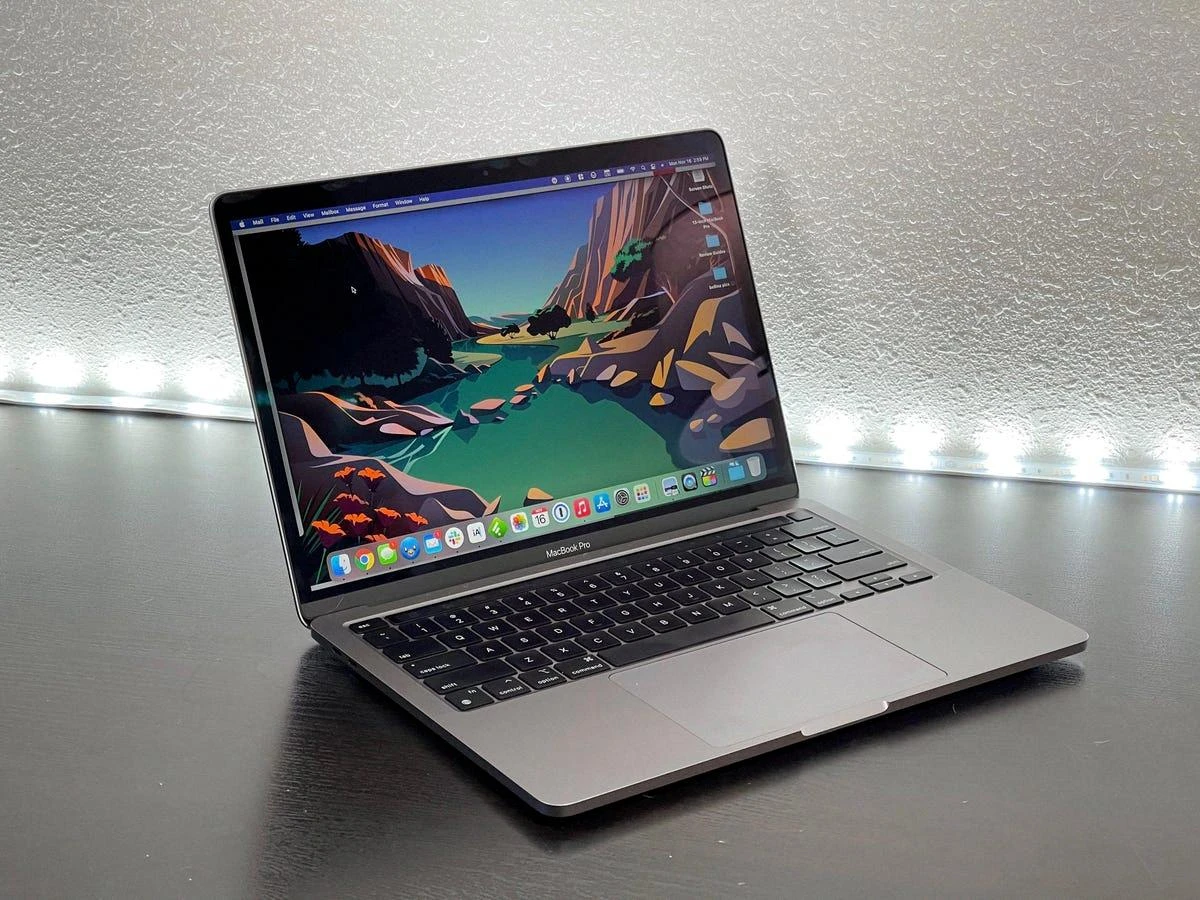
Source: zdnet.com
Signs That It Is Time to Replace Your Mac
When it comes to your Mac, you should keep an eye out for any signs that it may be time to replace it. Here are five common indications that indicate a replacement is necessary:
1. Your Mac can’t run the latest version of macOS anymore. Every new iteration of macOS comes with a list of vintage or obsolete Mac devices that will no longer be able to run the software.
2. You don’t have enough storage space on your device. If you find yourself constantly deleting files to make room for new ones, then your Mac might need to be replaced with a larger capacity model.
3. Your battery isn’t holding its charge like it used to. If your Mac’s battery life is noticeably shorter than it once was, then a replacement may be in order.
4. You’ve been having regular software issues such as freezing, crashing, or other errors that don’t seem to go away with troubleshooting and maintenance efforts.
5. Hardware damage is evident on the device, such as a cracked screen or malfunctioning ports or buttons that can’t be repaired.
If any of these signs apply to you and your Mac, it could be time to invest in a new device!

